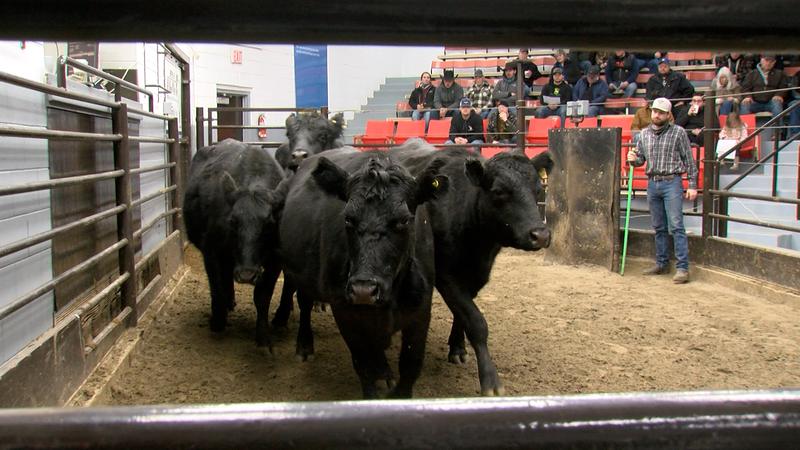
BC Cattlemen’s Association bracing for potential U.S. tariffs on livestock exports
KAMLOOPS — Talk of the new U.S. administration bringing in tariffs on Canadian goods has ramped up this week. And if those tariffs are implemented, agriculture in this country would be heavily impacted. Canada’s beef sector exports and imports a significant amount of live cattle to and from the U.S., and a sudden disruption to that flow would create problems for both countries.
The BC Cattlemen’s Association is still waiting to hear if the U.S. will follow through on 25 per cent tariffs. In the meantime, the organization is focusing on what it can control.
Nearly half of the live cattle raised in Canada are exported and of that fraction, around 75 per cent are exported to the U.S. Kevin Boon, the general manager of the BC Cattlemen’s Association, says in B.C., a large amount of cattle are sent to processing plants in Washington.


